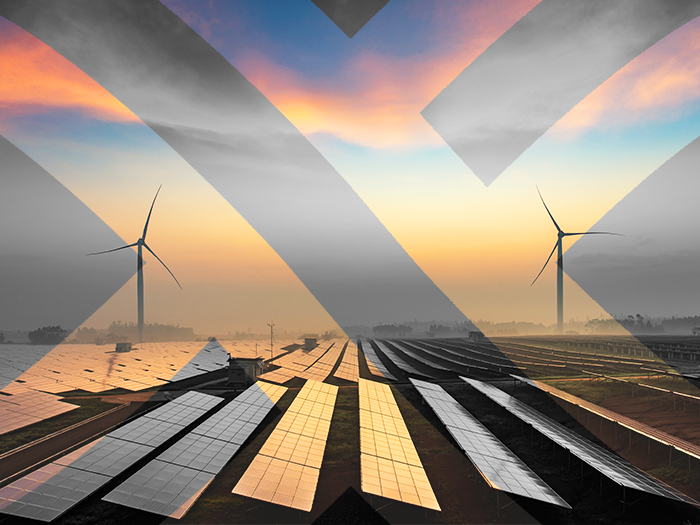Insights
better business decisions
Posted 2 years ago | 2 minute read

Australia sees renewables investments grow
Australia has seen a significant increase in renewable energy investment, according to the Clean Energy Regulator’s Quarterly Carbon Market Report (QCMR) for Quarter 4 (Q4) 2022.
Published on 17 March, the report highlights significant developments in large-scale renewable energy investment, rooftop solar installations, and the Australian Carbon Credit Unit (ACCU) market, indicating a positive outlook.
Renewables developers have committed to constructing 4.3GW of new large-scale wind and solar capacity in 2022, representing an increase of almost 50% from the previous year. Total renewable energy generation in the National Electricity Market (NEM) averaged 35% in 2022 and is expected to reach about 40% in 2023. The increase in wind and solar investment, both large and small, in the second half of 2022 is a positive step in transitioning Australia’s electricity system to the government’s goal of 82% renewable energy by 2030.
The report also shows a strong rebound in rooftop solar PV investment by households and businesses, with almost 315,000 systems totalling 2.8GW of installed capacity in 2022. This figure exceeded the original estimate of 2.3GW, and it is predicted that 2023 may be a record year if the trend seen in the second half of 2022 continues. The virtual power station created by over 19.5GW of small-scale rooftop solar PV is now large enough to generate more electricity than Australia’s largest coal power station each year.
“Consumers are taking advantage of shorter payback periods for rooftop solar to avoid rising energy prices. If this trend continues, households and businesses could install a record additional capacity in 2023 of 3.2GW,” CER chairman David Parker said.
GridBeyond Sales Director Lisa Balk said:
“Australia is experiencing a complex, rapid and irreversible energy transformation and taking full advantage of the flexibility that can be harnessed from demand side assets will be crucial is keeping the costs of the transition as low as possible, while ensuring reliability of the grid in an increasingly renewables dominate energy mix.
“At GridBeyond we use machine learning and AI-powered technologies, driven by data science, that enable I&C businesses to participate in a wide range of programmes for enhanced energy automation, insights and benchmarks, savings, revenues and sustainability.”






